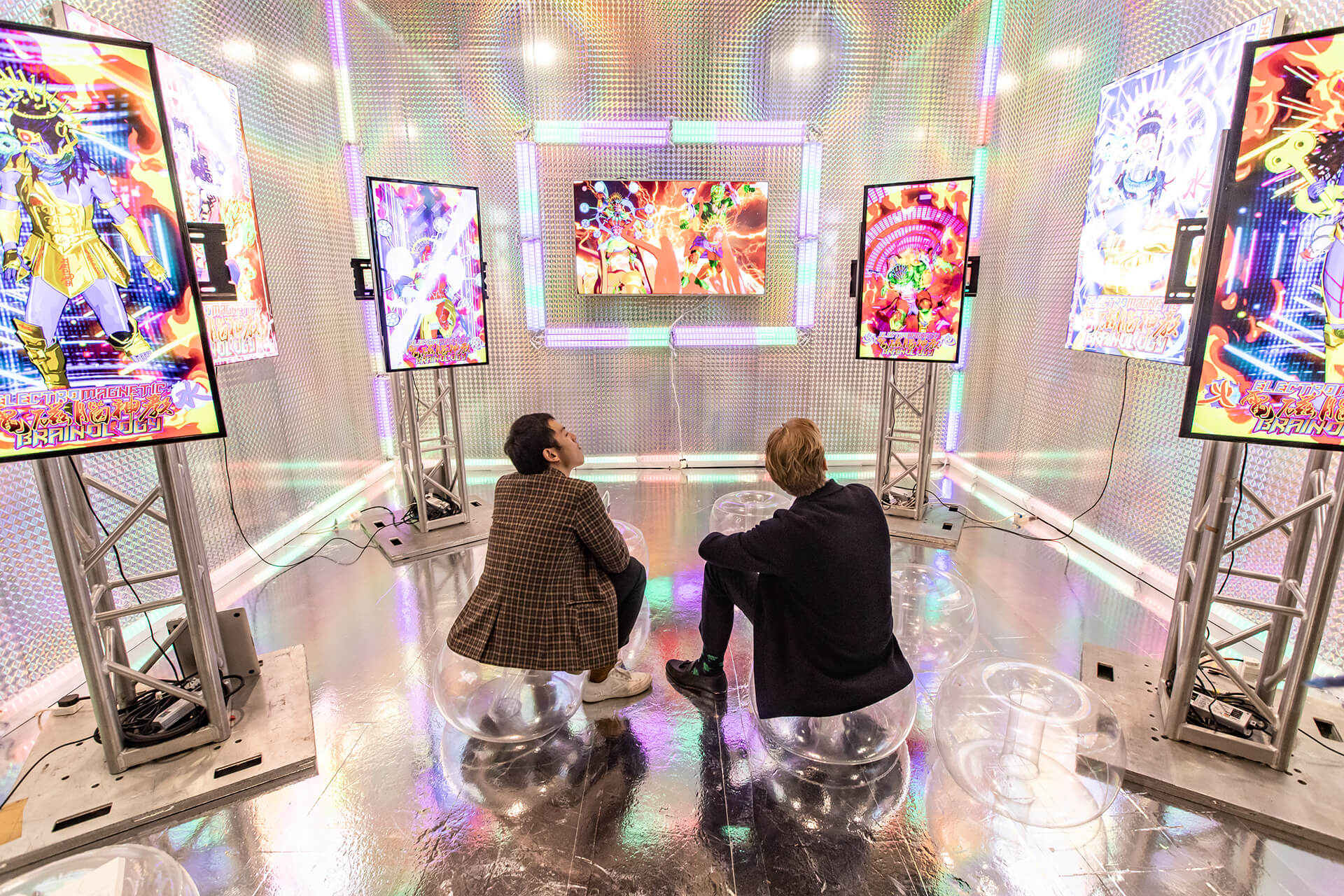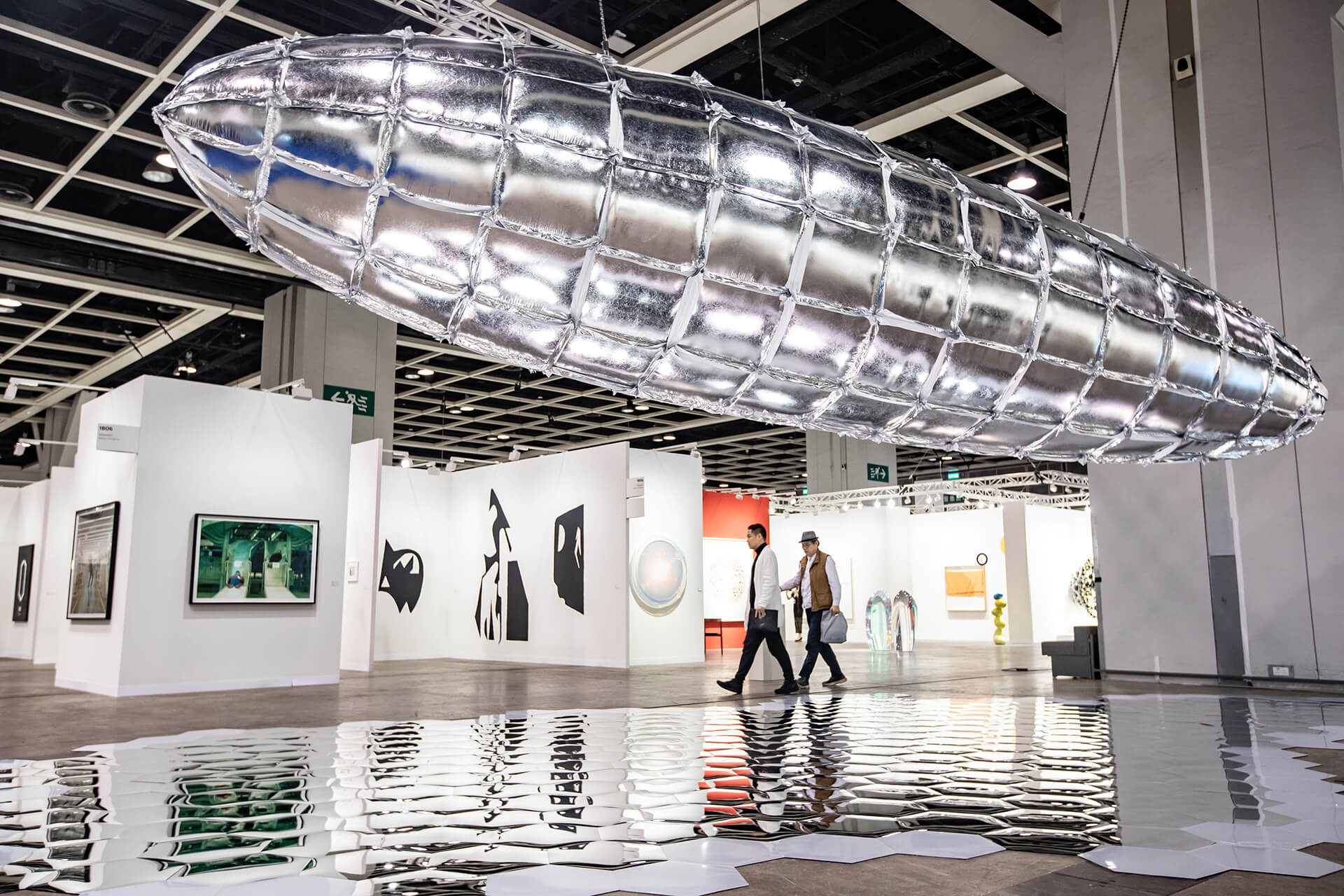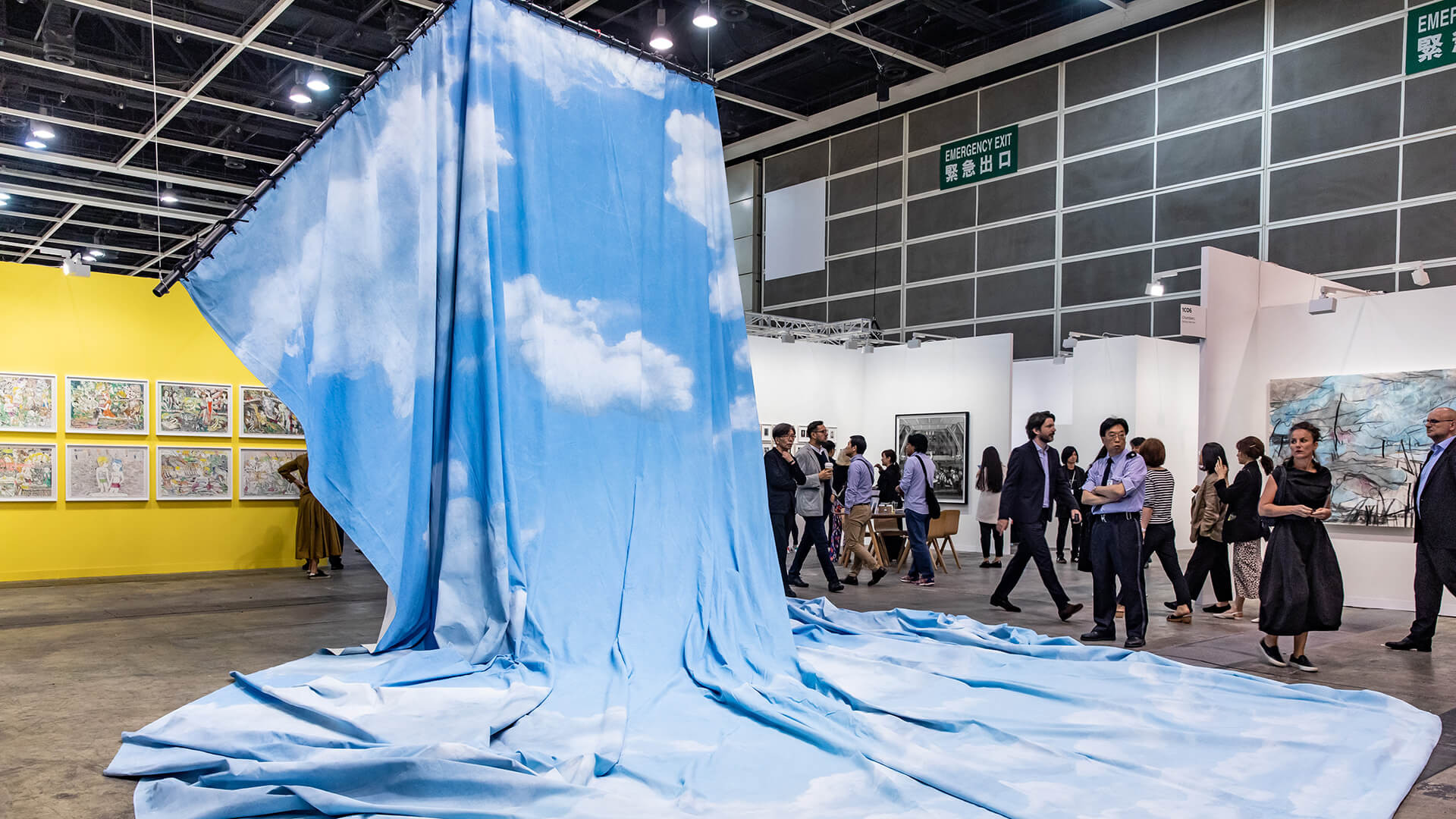Despite our increasing reliance on digital interaction, trade shows remain a vital component of the business calendar, offering a chance for participants to present their latest work, make vital connections, win new contracts and foster collaborations. The current pandemic has thrown the industry into turmoil, with The Global Association of the Exhibition Industry estimating that trade show cancellations and postponements have had a 14.4 billion euro impact on the global economy to date. As major events such as NewFronts, South by Southwest and E3 promise to develop virtual alternatives to their now cancelled 2020 dates, we look at what we can learn from those who’ve already had to adapt.
REMEMBER THAT SETTING IS STILL CENTRAL
No event can be entirely digital – most will require a physical setting in which the action, be it product showcase, seminar or interview, take place. And the quality of that context in terms of function and aesthetics will still play a critical role in the success of the presentation.
While virtual events offer benefits in terms of suitability and cost largely because they don’t mandate the creation of extensive trade stands, judiciously investing in set dressing can make the difference between a must-see and easily skipped broadcast. Brands think carefully about how their products are merchandised and art directed across every established medium, and a livestream, for all its authentic, informal charm, should be no different. That’s especially true if such staging already exists, either from previous events or those recently postponed.
Car brand Koenigsegg is a case in point. While their competitors were removing their stands after it was announced that the Geneva International Motor Show wouldn’t proceed, they held off. Others planned to film live product launches back at their HQs, but the Swedish supercar brand wanted to take advantage of the location.
‘Everyone else packed up. We said, 'That, we cannot do,' CEO Christian von Koenigsegg told the online audience. ‘We built this amazing stand. We have these amazing cars. Just to pack up and go home? No way!’
Understanding the type of relationship attendees hope to cement is critical to any event’s virtualization strategy
RECREATE RELATIONSHIPS RATHER THAN FORMATS
When people talk about why they still value physical events, what they often cite is the way in which trade shows help them build business-critical relationships. That’s why, rather than focusing on how to create digital proxies of their live formats, understanding the type of relationship attendees hope to cement is critical to any event’s virtualization strategy.
With the termination of Expo West, one of the US’ most important food and beverage trade shows, CPG startups were acutely aware that they’d now miss a key opportunity to catch the eye of buyers from major national retailers. In response, CircleUp Network Inc., an investment platform for consumer brands, decided to create a new channel for smaller businesses to make those same introductions.
‘It’s their Super Bowl,’ CircleUp managing director Karen Howland told Modern Retail. ‘The big incumbent CPG brands or even the bigger emerging brands that are 40 to 50 million USD in sales — they can reach out to their buyers and introduce new product. It is really these small brands that…get exposure as people are walking down the aisles.’
In lieu, CircleUp created its own Virtual Expo West, inviting brands to sign up to do a five minute elevator pitch to 20 invited buyers via video conferencing platform Zoom. It proved popular, with 350 businesses applying to take part. CircleUp now plans to host such virtual briefings on a monthly basis.


Art Basel Hong Kong 2019
THINK 'BOTH' RATHER THAN 'EITHER'
The cancellation of Art Basel’s Hong Kong iteration was less of a crisis for the organization that it would have been for competitors. The art fair has been developing a virtual version of its physical events for some time, and was simply able to deploy the platform ahead of schedule. What’s notable is that Art Basel’s Online Viewing Room concept isn’t designed to replace its events – though, as in the case of Hong Kong, it can provide that insurance. Rather, the aim is to augment what’s happening on the ground, allowing curators to extend their presentations, both in terms of works included and audience access. Importantly the protocols, and thus the attraction to buyers, remain the same: showrooms will begin with a preview, only accessible to VIP card holders, before being opened for public view.
‘Without a doubt, this will be a new normal that we will adjust to. The art world has been lagging behind for too long. Now we have a real sense of urgency that propels us to innovate and improve digitally,’ Rachel Lehmann, the co-director of Lehmann Maupin gallery — which is updating its online viewing room to cater to its self-isolated collectors — told The Arts Newspaper.
In tandem with their participation in Art Basel’s online fair, Lisson Gallery have organized a virtual walk-through of the presentation, with live descriptions of the works and insights into the artists’ practices. Five other galleries from the APAC region have been invited to take part, giving the digital activation a localised identity. Each will present for 10 minutes, guiding the audience through their online booth, and provide an opportunity for those viewing to participate. Here again, thinking how the physical event can enhance the digital, and vice versa, is key.
Read more Frame coverage on how the design industry is reacting to the COVID-19 crisis here.










